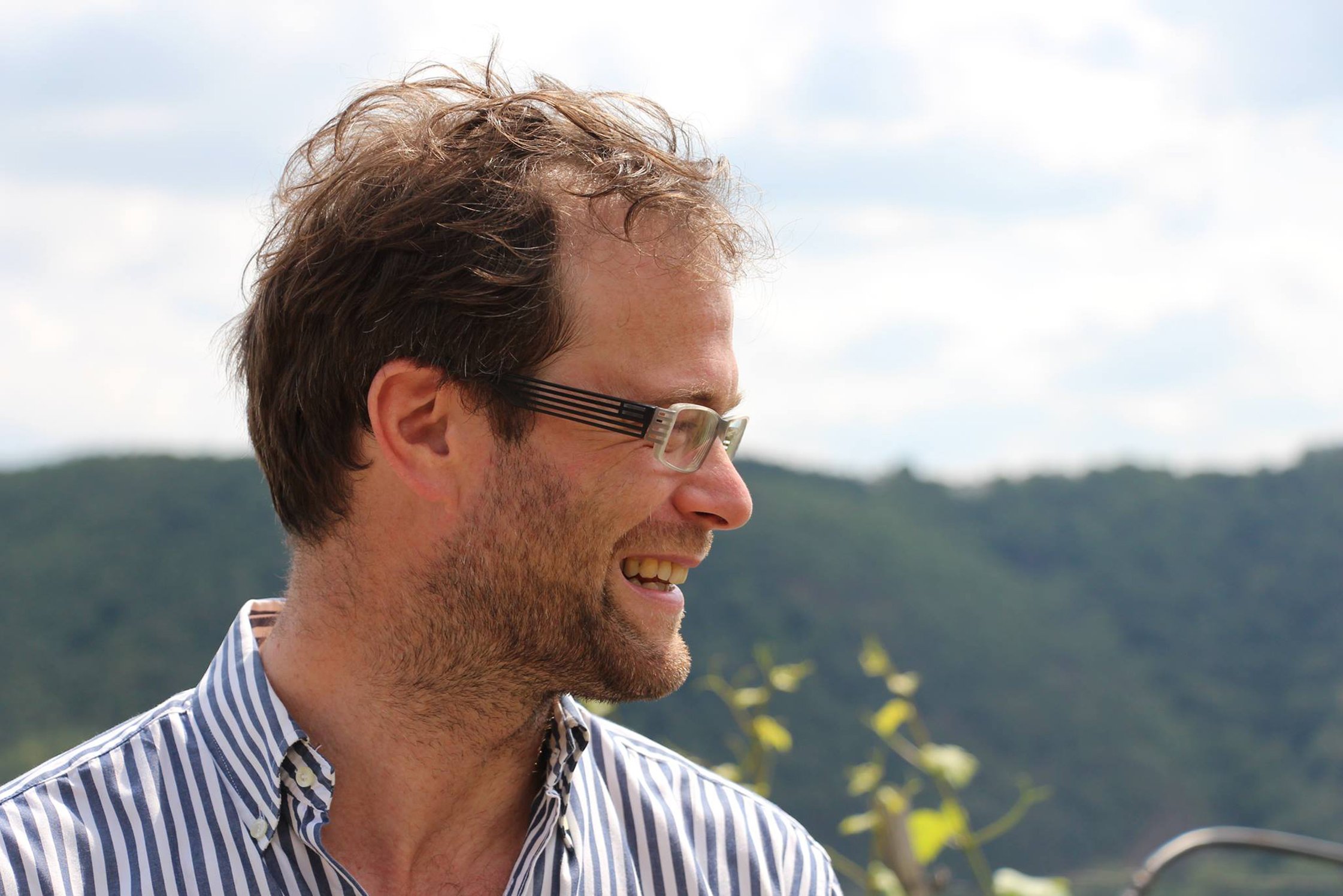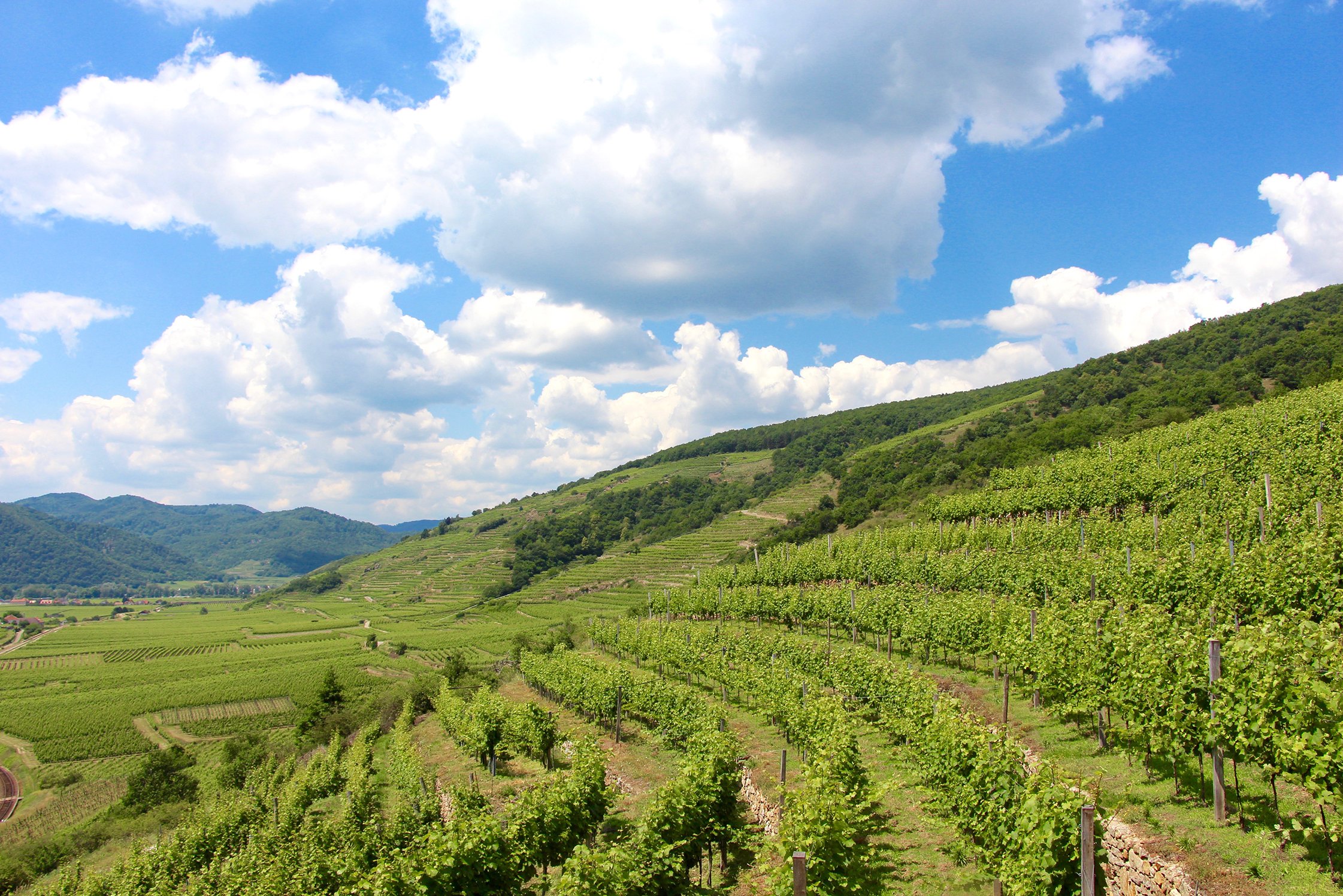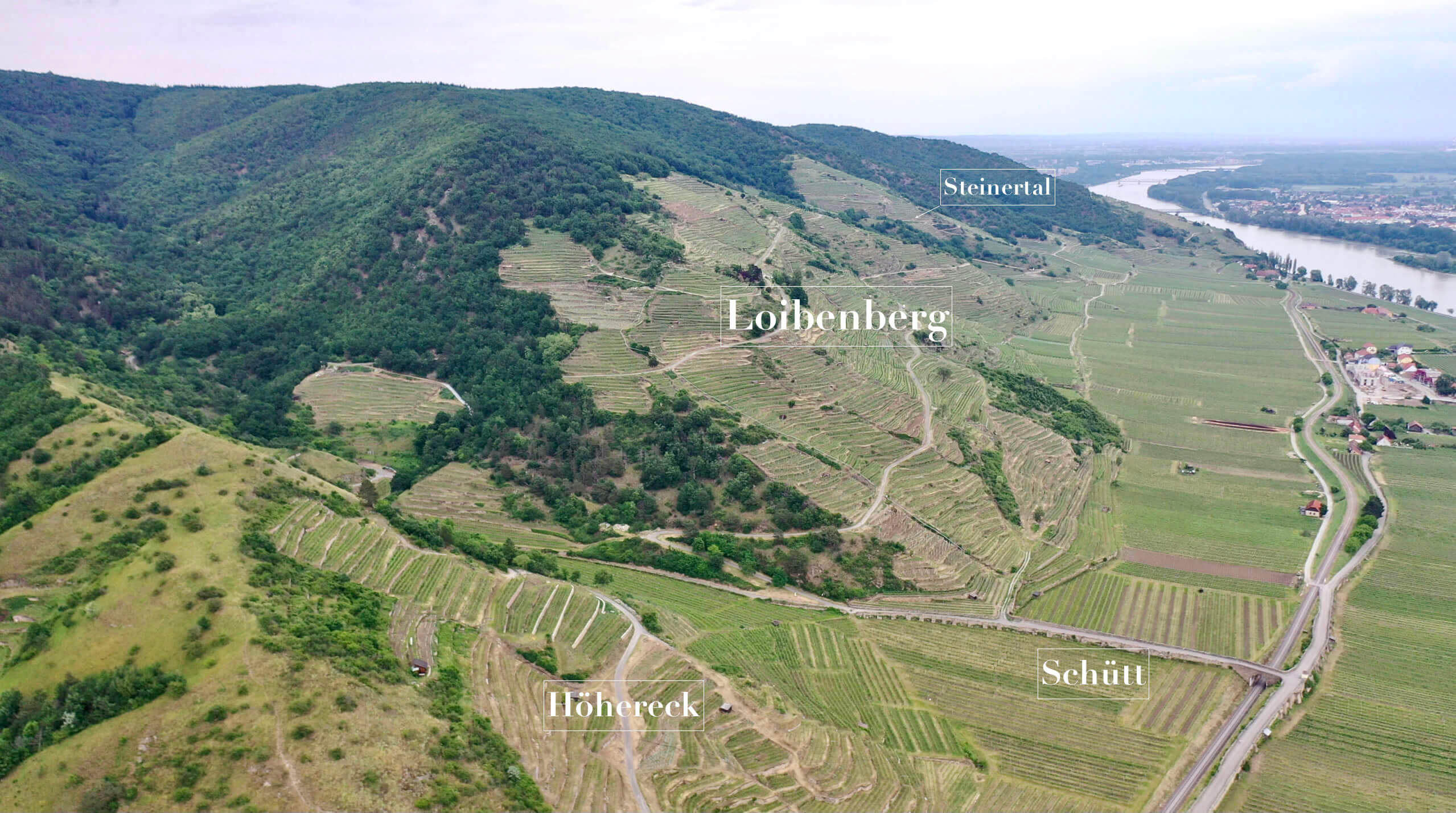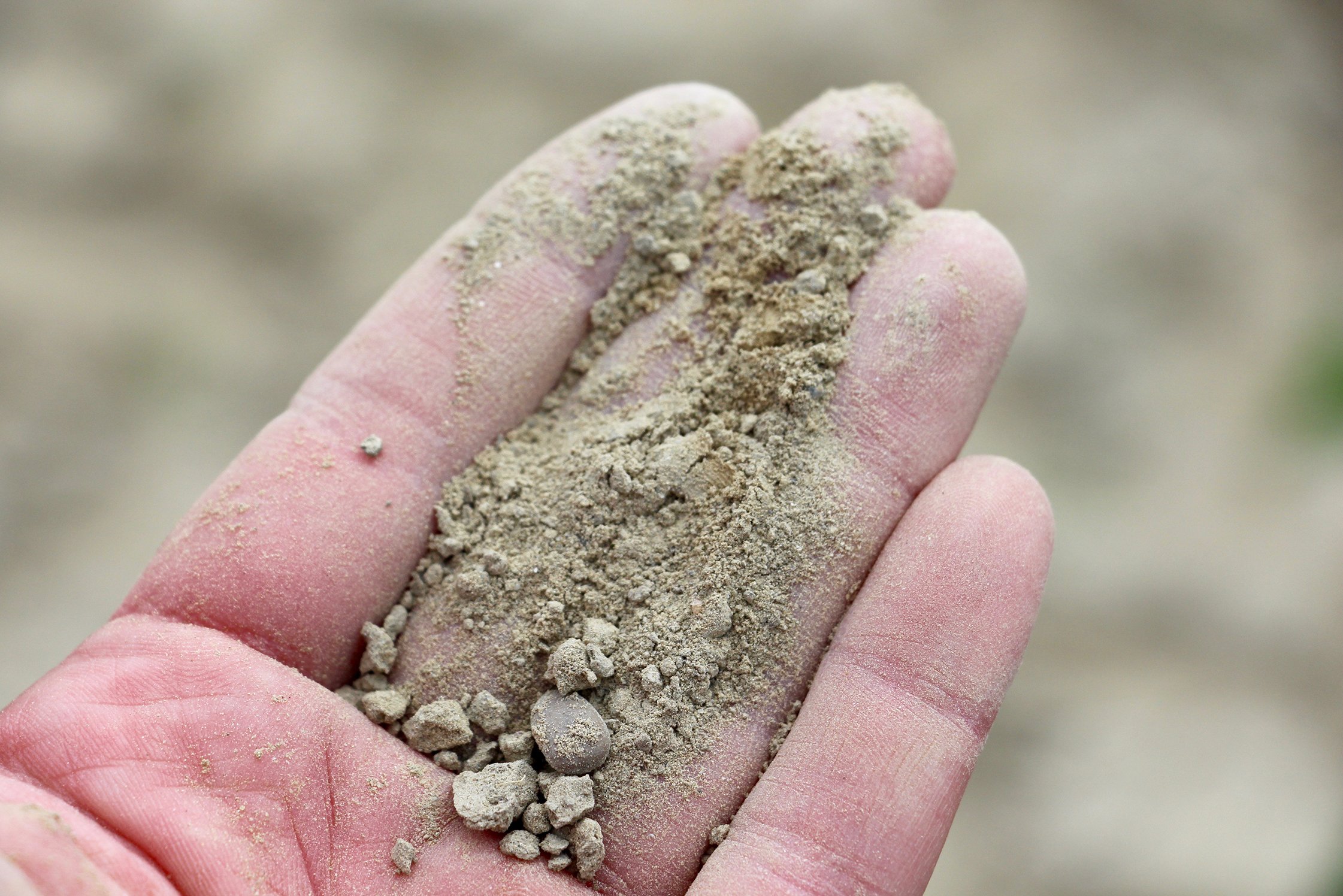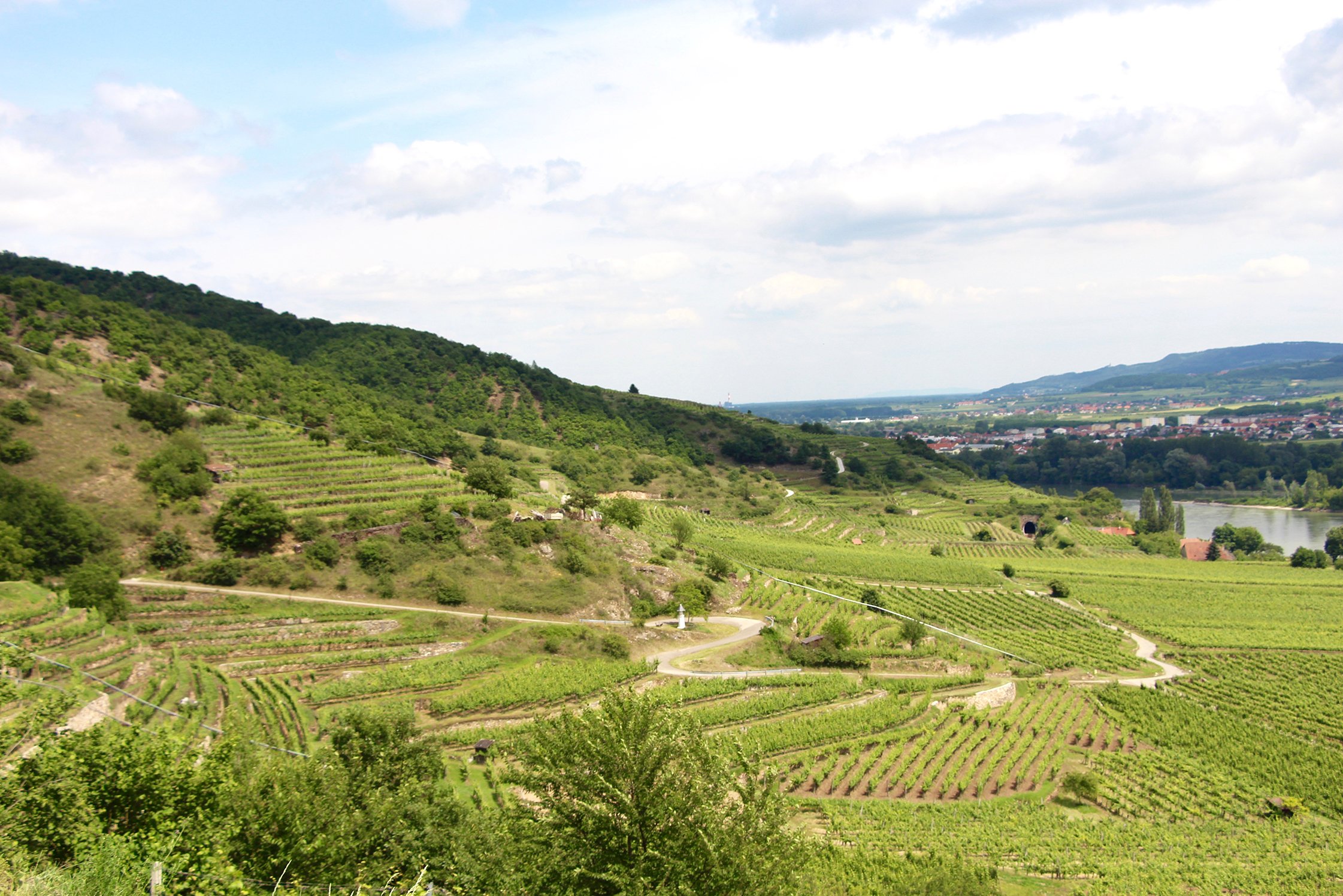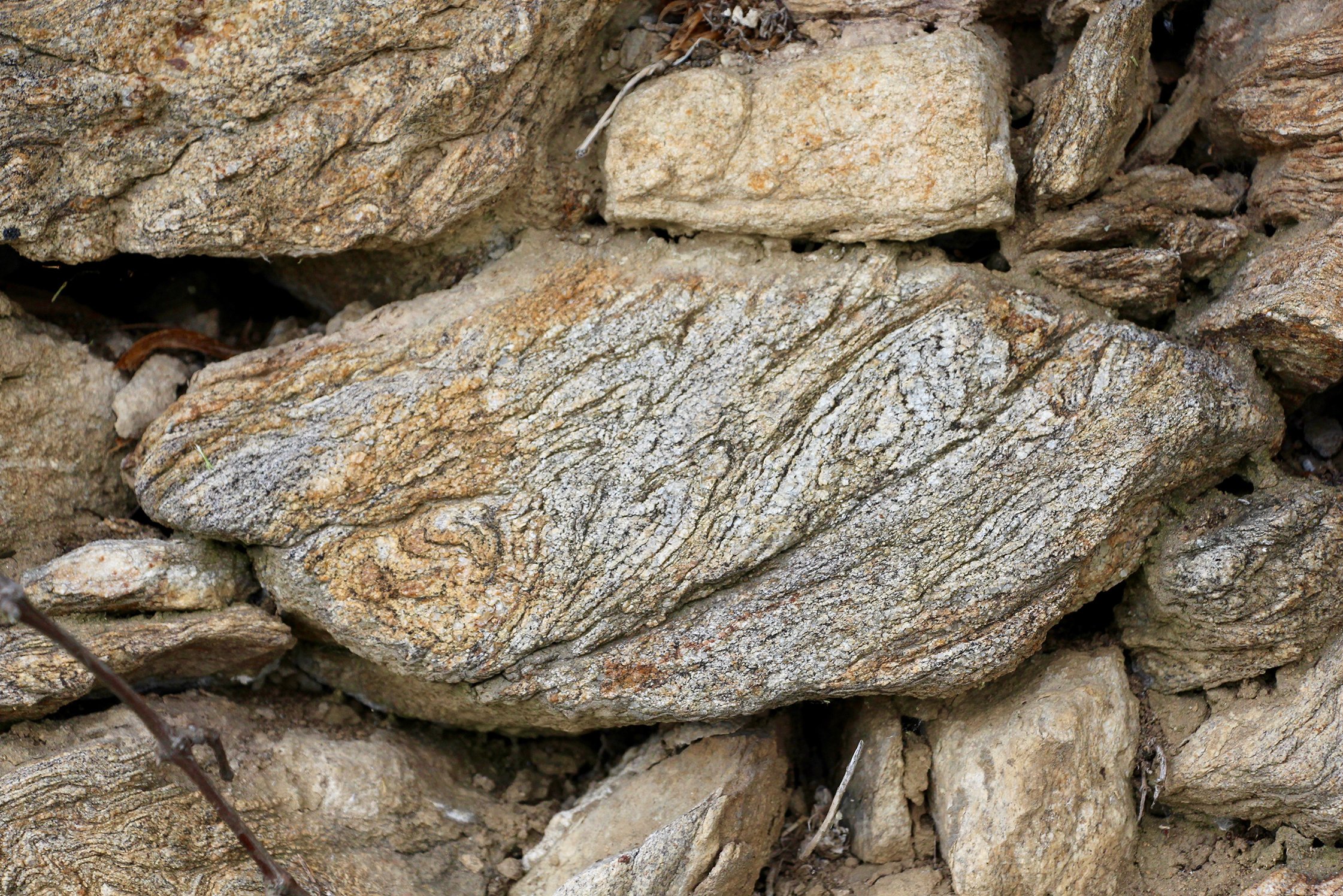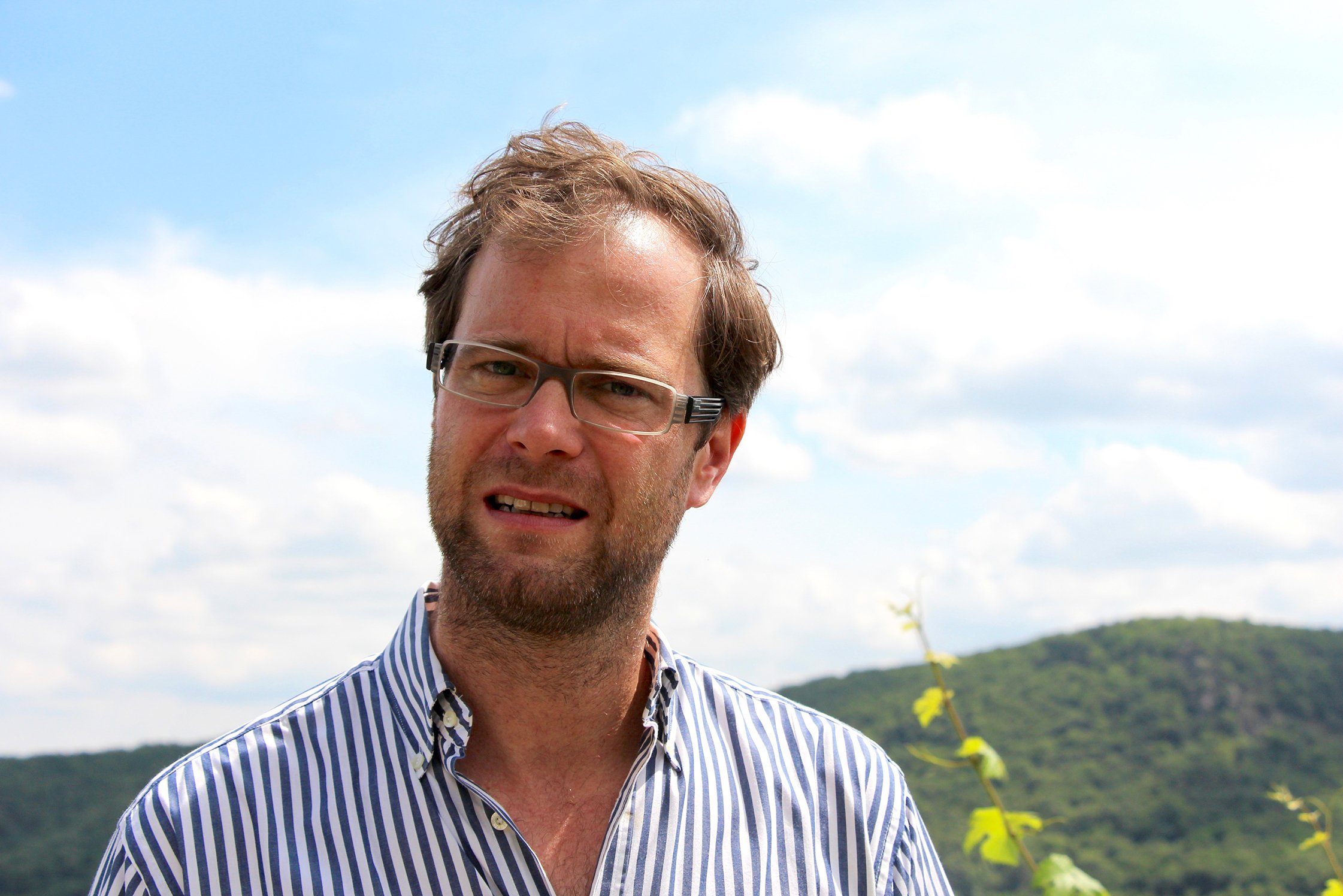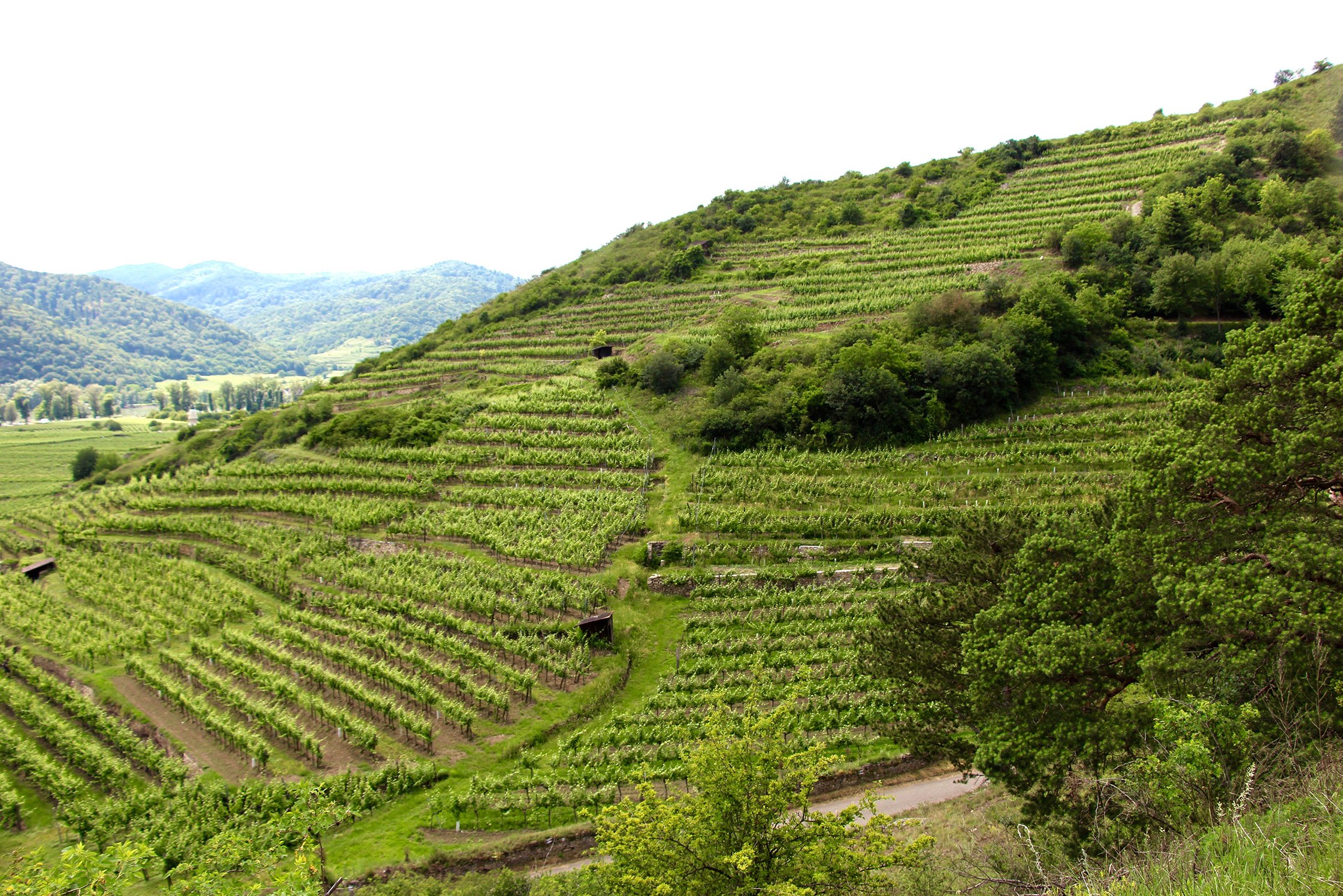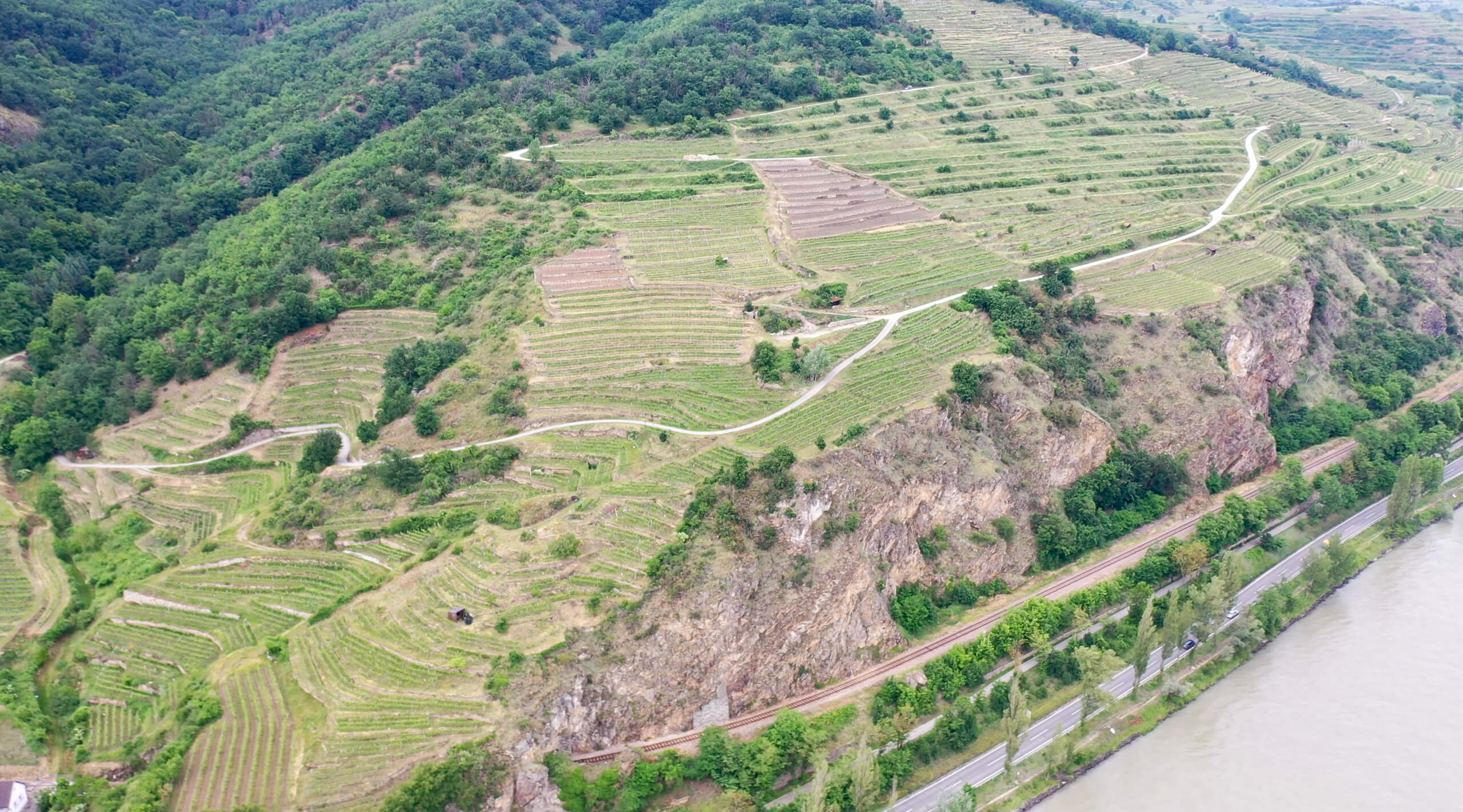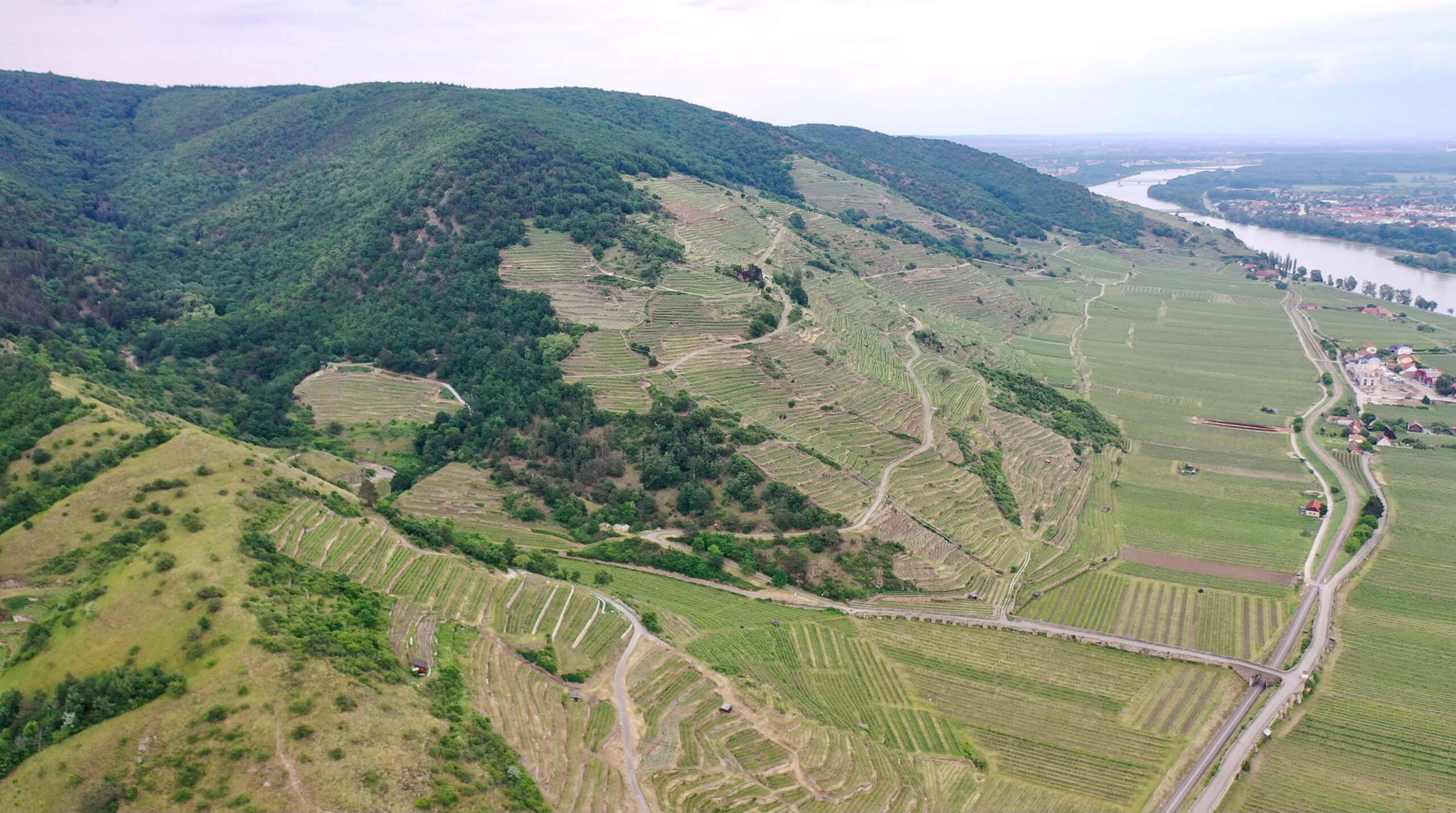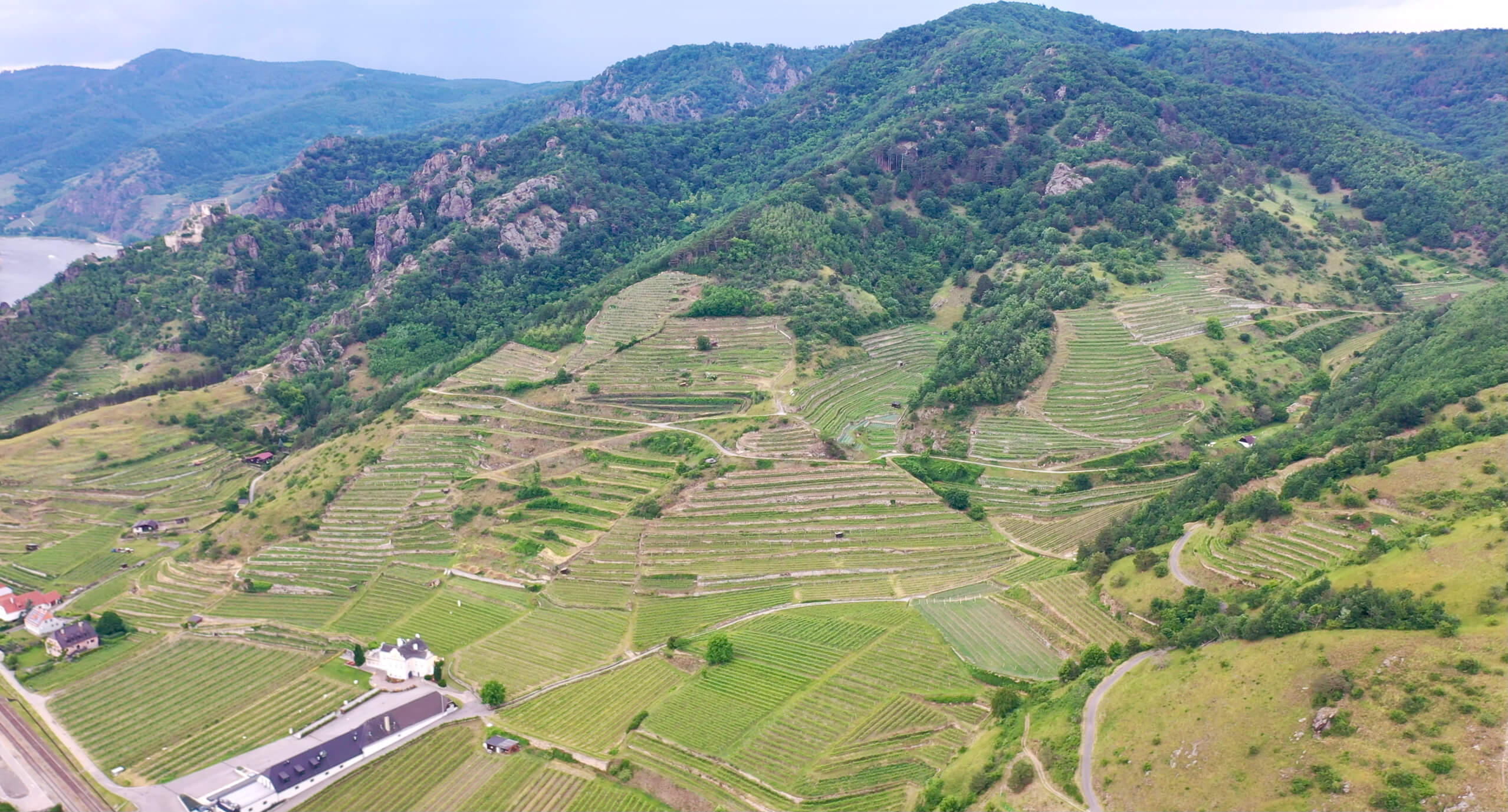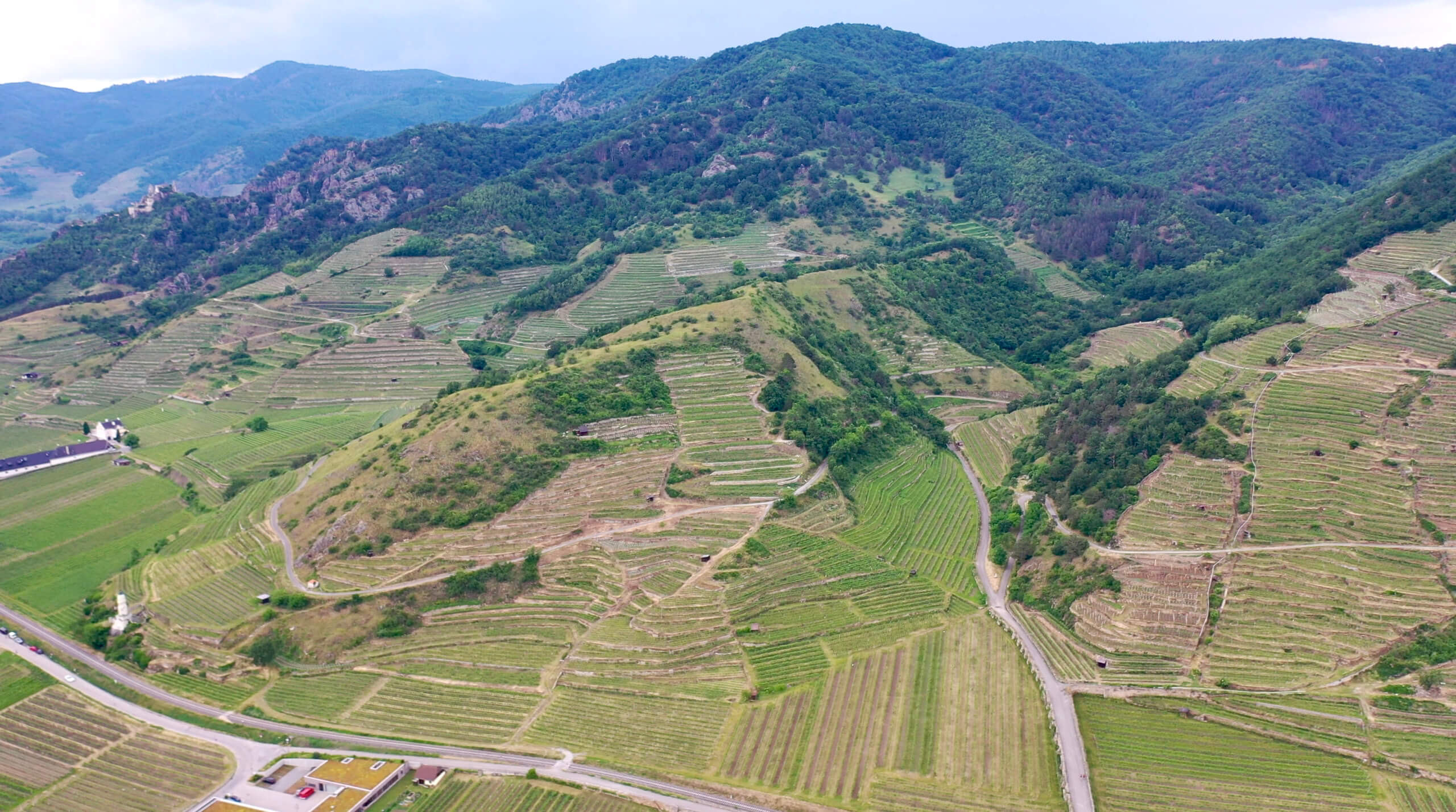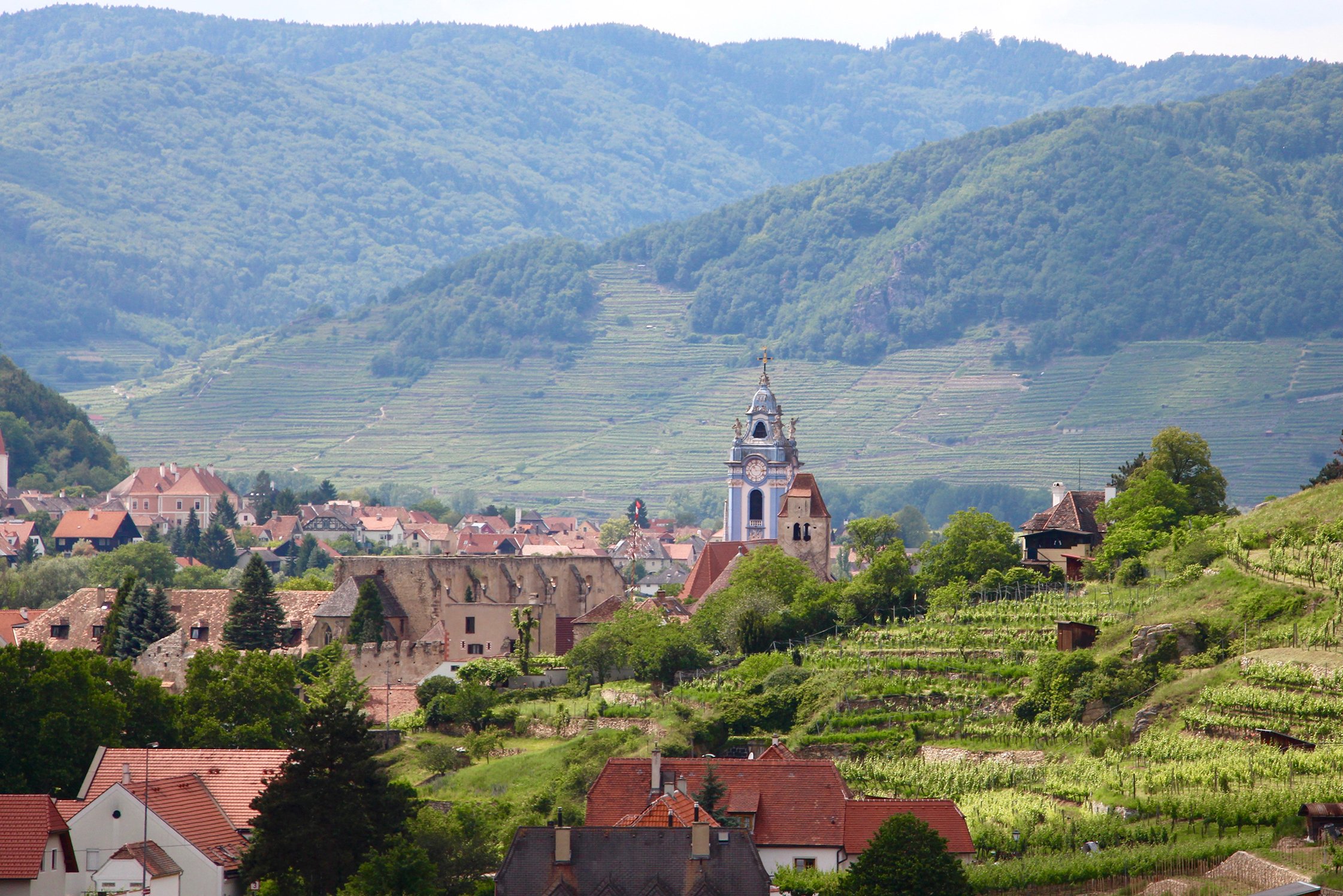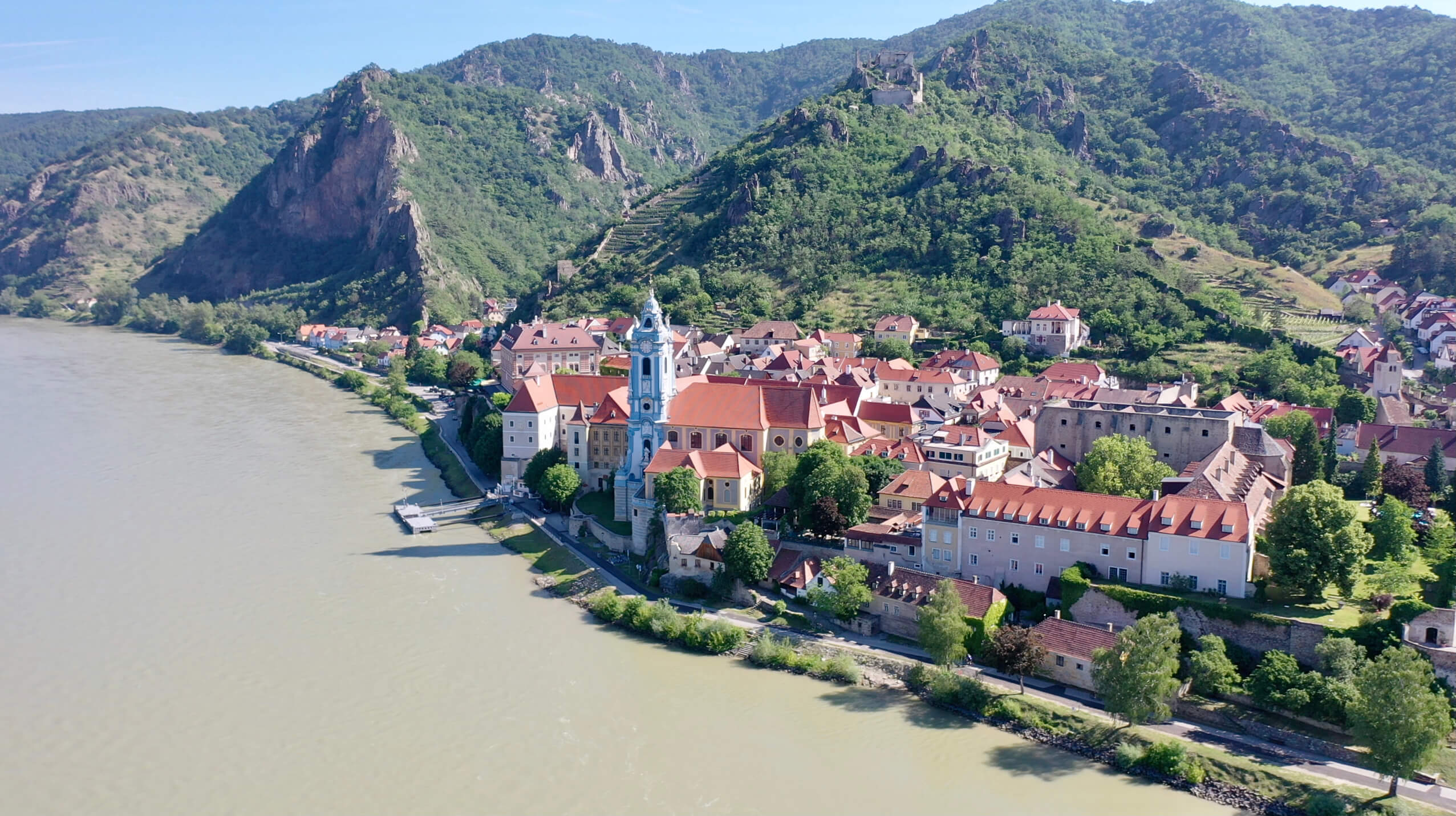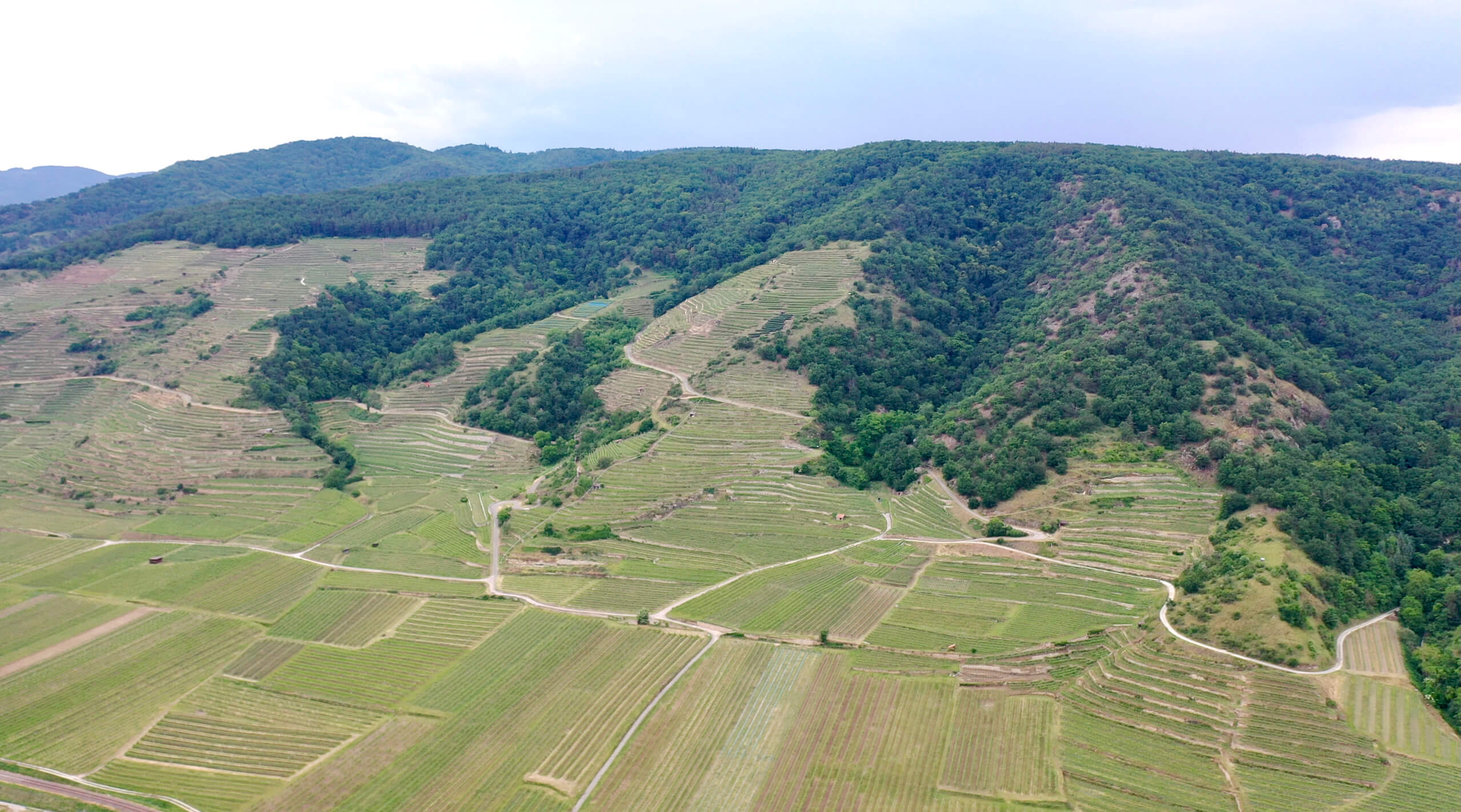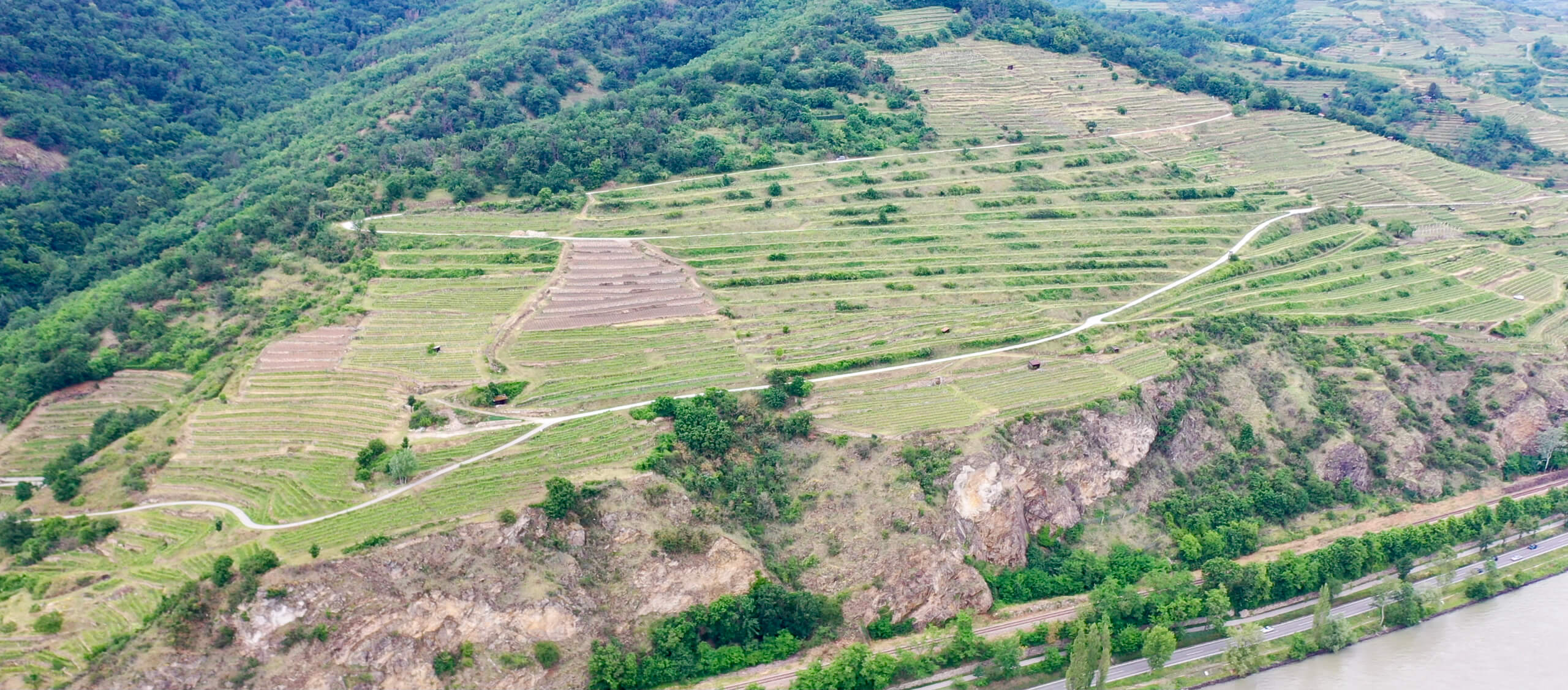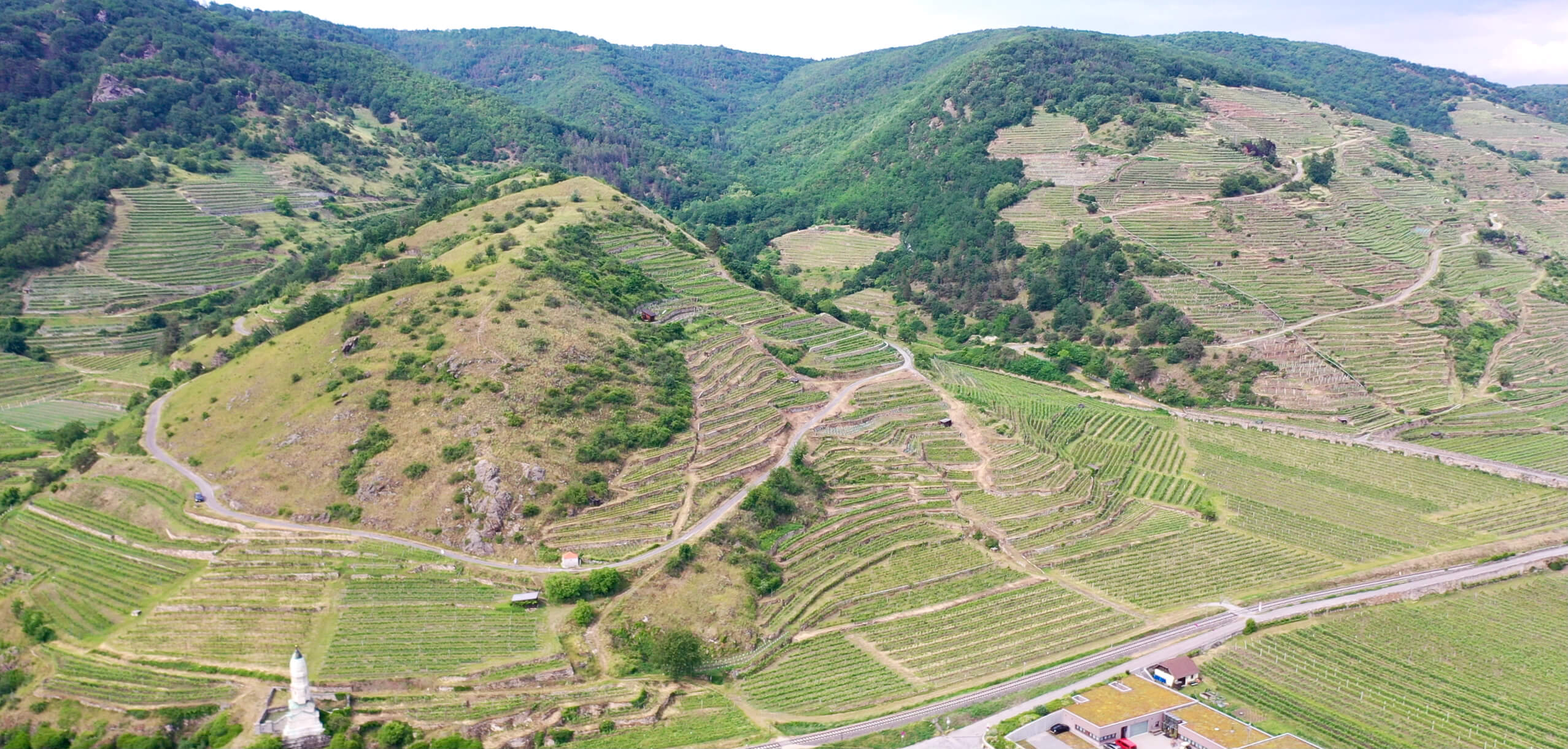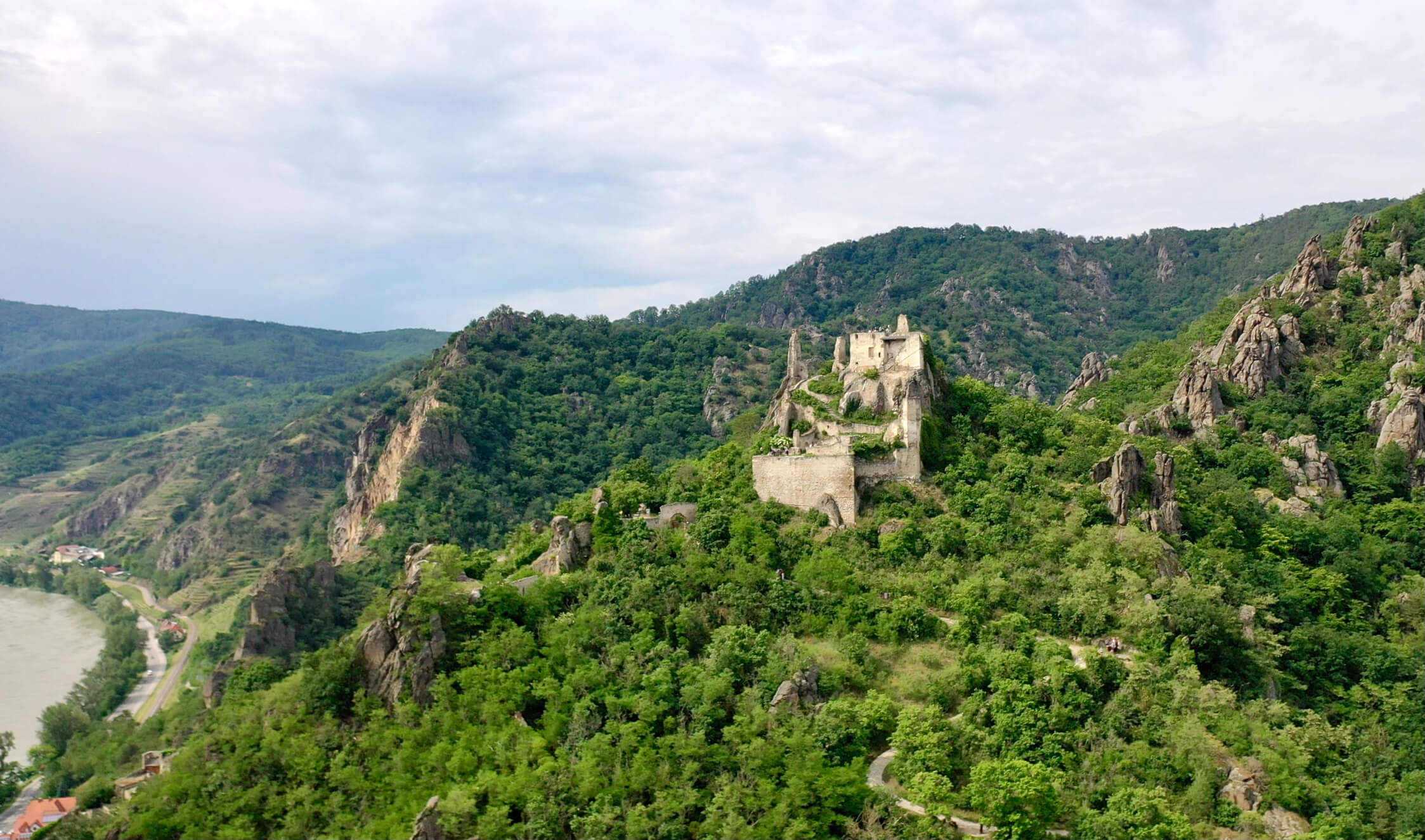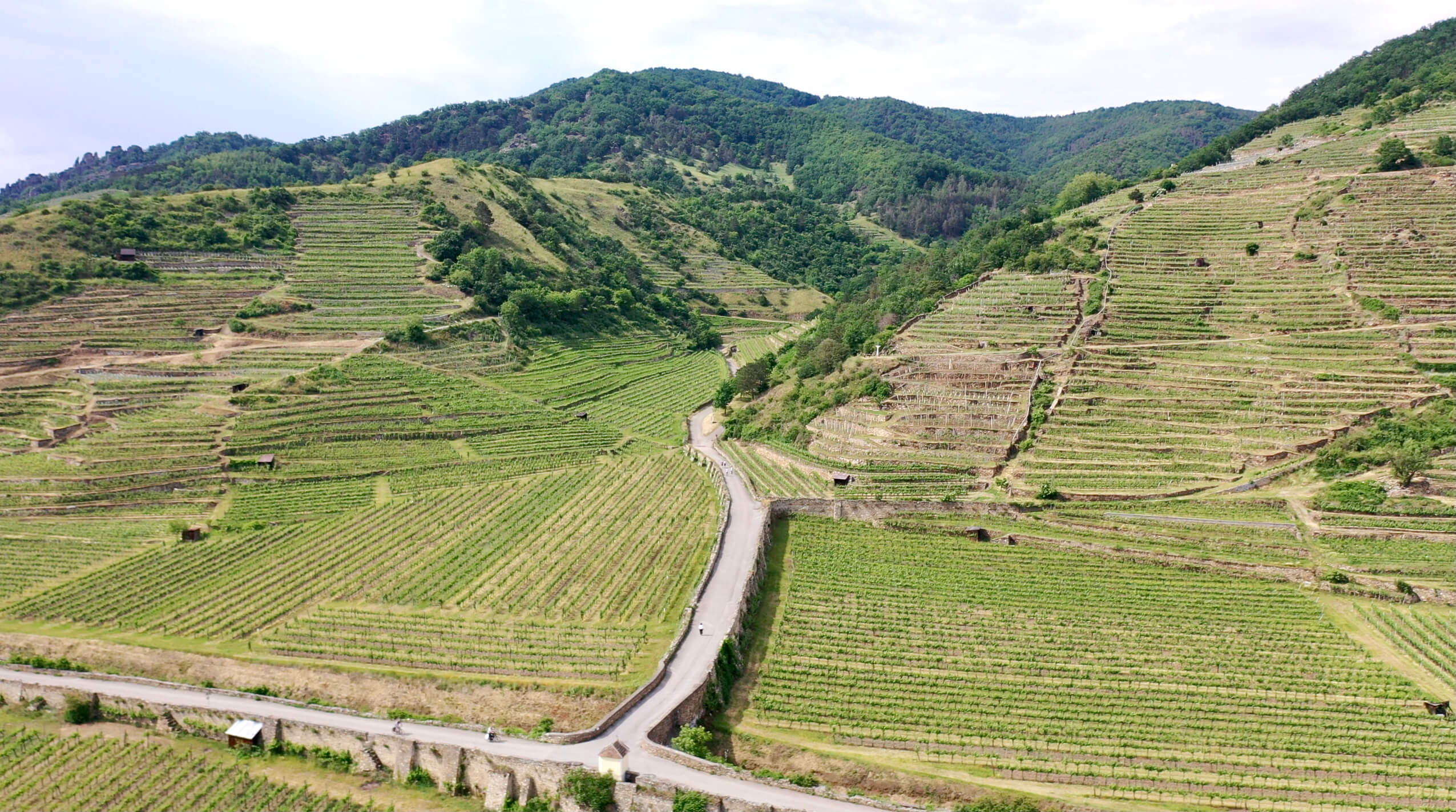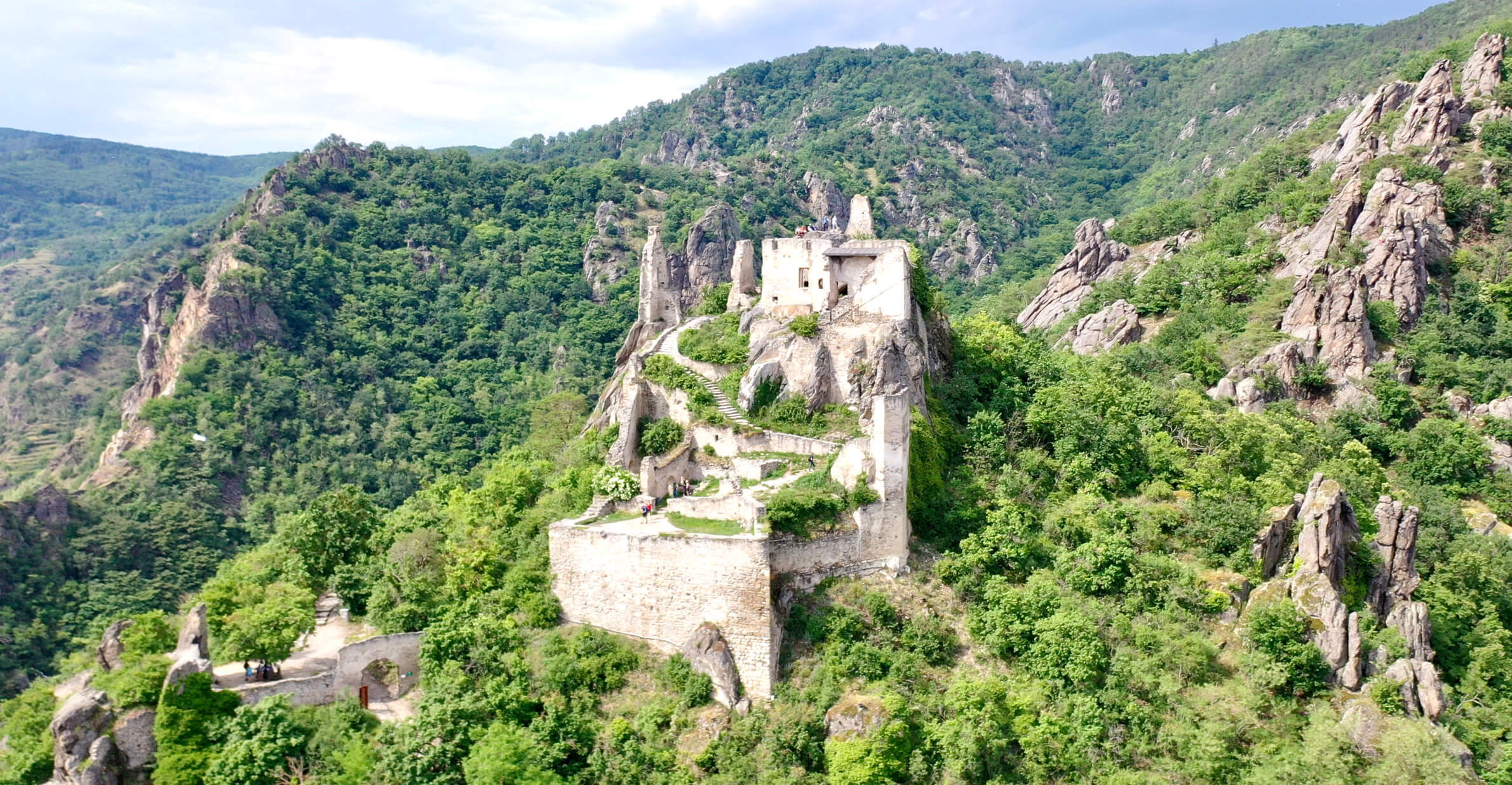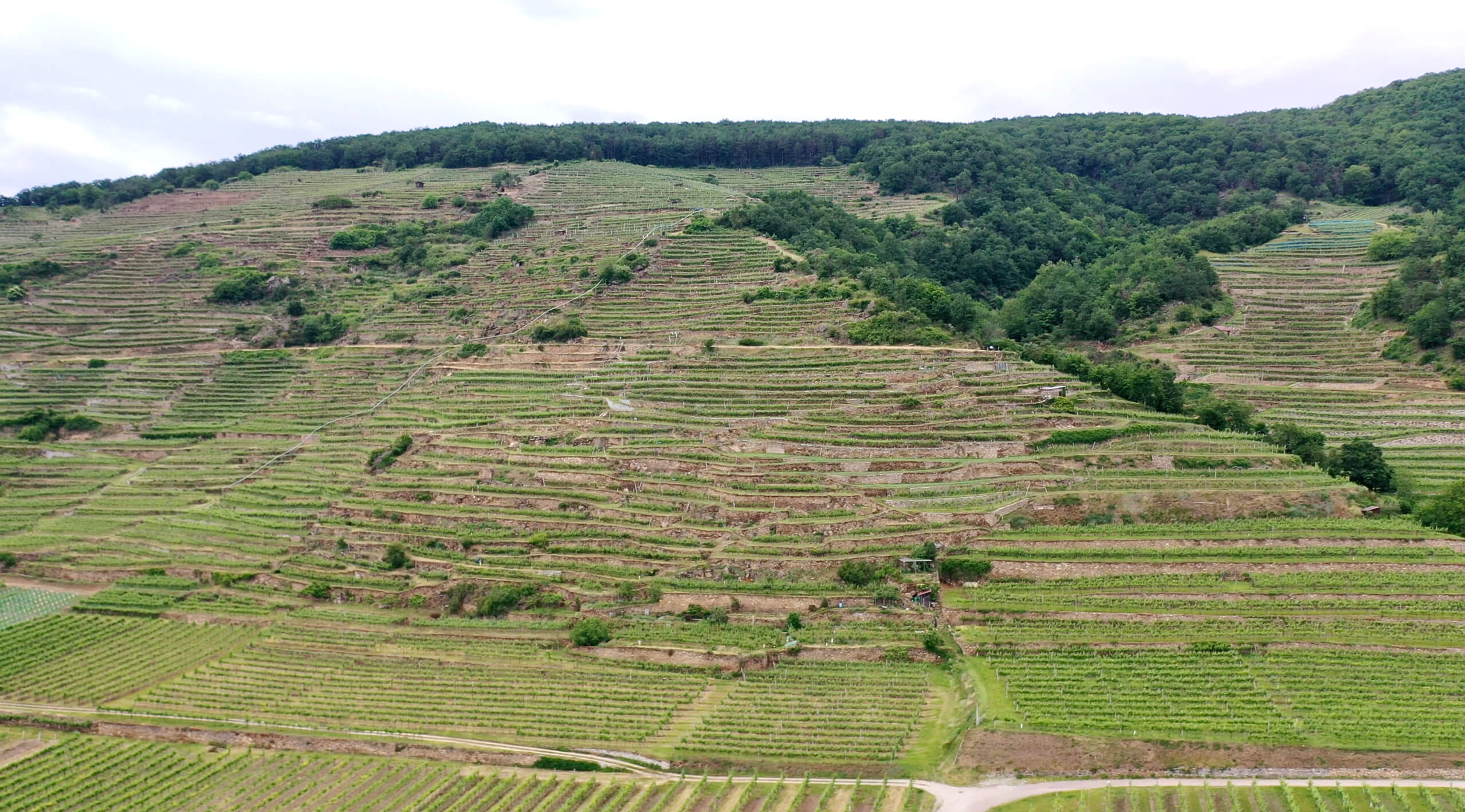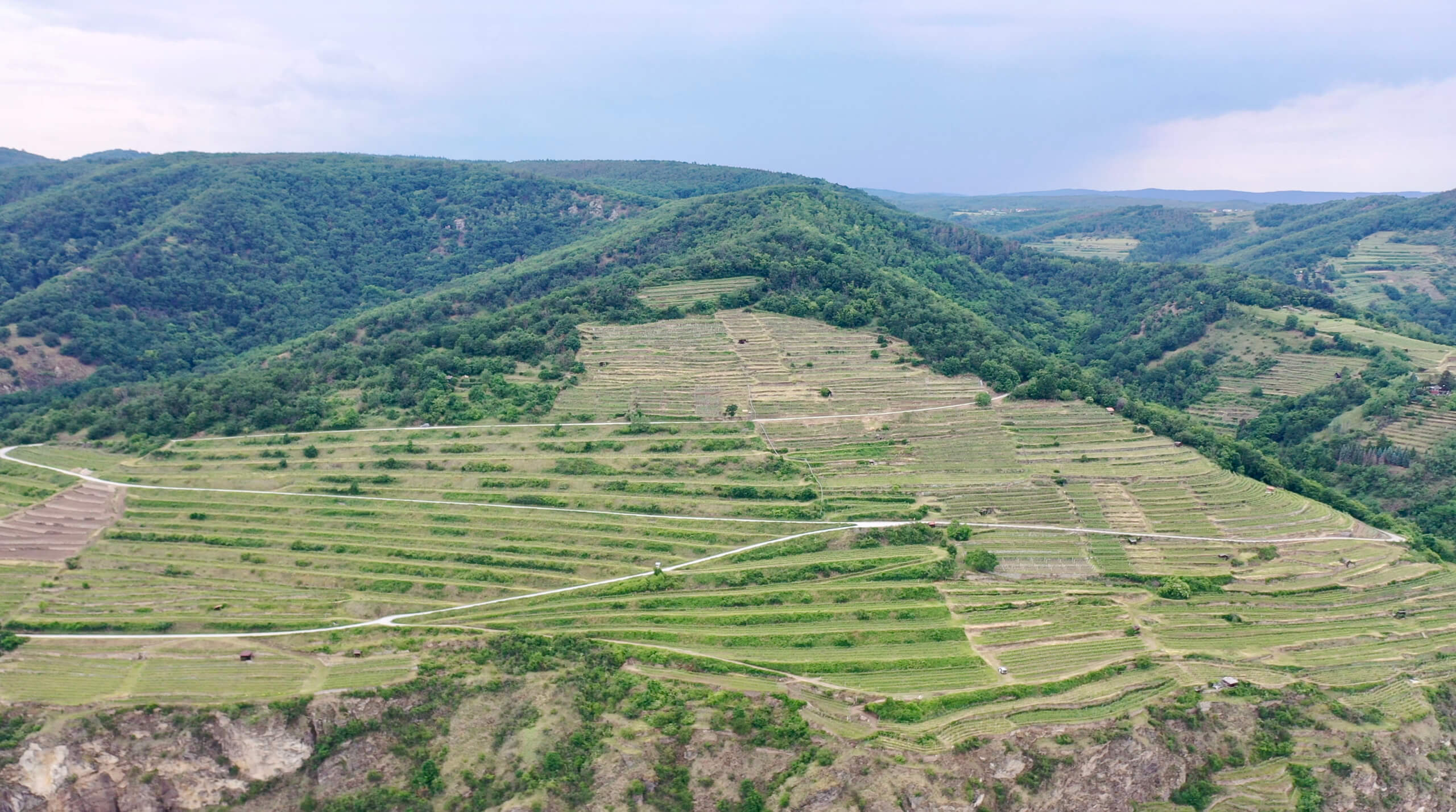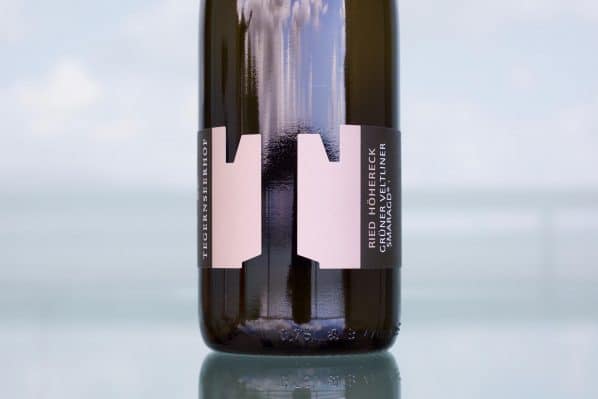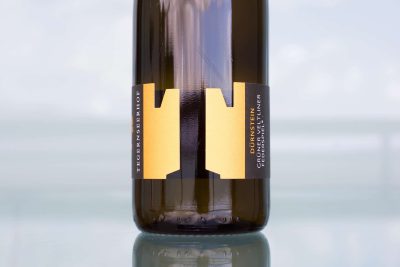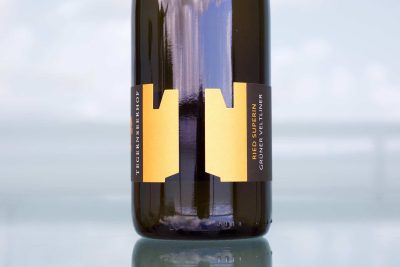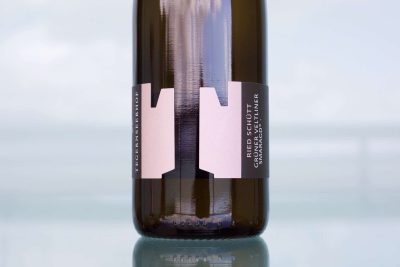About The Wine
Planted in 1951, Ried Höhereck is the godfather of the Veltliners in Tegernseerhof’s range, and his monopole (exclusive) site. Martin says that more important than the soil (a rare Gruner Veltliner planted almost exclusively on the acidic metamorphic rock, gneiss, rather than the sandy, nutrient rich loess, which is typical for this variety), exposition (southeast and in a ravine with great access to mountain winds and an early sunset), or anything else this wine has to offer is its genetic heritage. This half-hectare (1.25 acre) vineyard has been a growing field for centuries for Gruner Veltliner clones of ancient origins, thus contributing to the complexity of this wine and Martin’s entire range of Gruner Veltliners.
This dynamic wine shows great restraint when expressing its soft aromas of white pepper, sweet greens, white fruit and lime with the fresh scent of earth and river rocks following rain on a hot summer day. Perhaps the top Veltliner from Mittelbach, this is not a wine to drink quickly without taking note of its impressive charming and precise nuances of yellow and white peach, cherimoya, lemon curd, baking spices and bright green herbs. It finds many layers of unexpected depth as it opens in the glass over time, so patience brings great reward with this gem!

